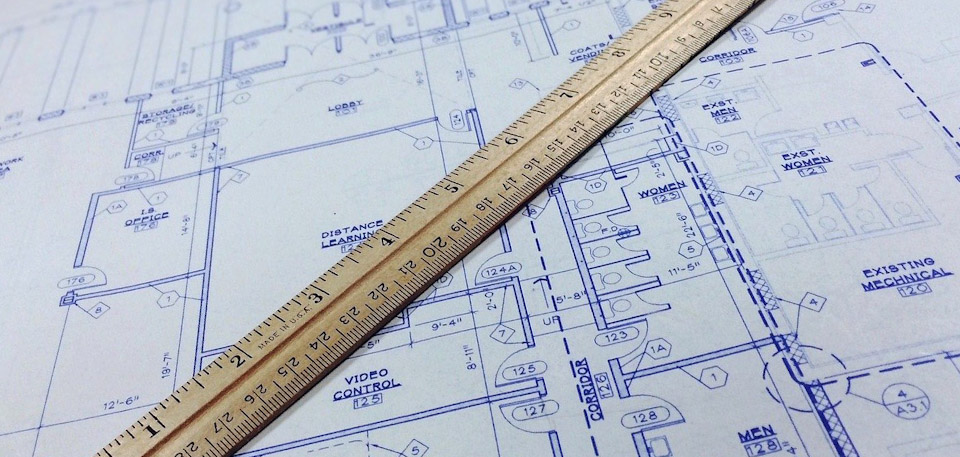We harp on this one a lot in our blog, and chiefly because so often someone will call us all ready to go on a remodel — home or commercial — and won’t have these plans ready and then discover there’s more to their project than they’d imagined.
In this post we’ll cover why architectural drawings are so important to remodel projects, and why having them ahead of time saves money.
Architectural Drawings Create Spacial Perspective For Expansions
It’s fine to say you want to expand your living room or kitchen. But by how much, and will that amount throw off the balance of other rooms or create issues making the exteriors or roof jive with everything?
Is the current plumbing and electrical system even set up for that?
Modern top-down model renders allow for looking at the home like a blueprint but better, and can create valuable visual perspective about doorways, hallways, wall lengths, and the effects of opening up a space.
These kind of design drawings can also include mock-ups of fixtures and other appliances you’d like to include so you can determine if it’s feasible space-wise and gives you the usable area you’re looking for.
Sometimes good ideas need adjustments to be perfect, and architectural drawings are a big step toward doing that.
Planning your remodel at this level is helpful even for relatively unexciting but still very important things, such as where your outlets will be located and whether that works for the new design and how you’ll use the space.
Remodel Contractors Can Use The Architectural Drawings As A Guide
Having a clear picture of how each room is laid out, down to technical measurements and locations of support beams, electrical runs, etc. will give a contractor a detailed picture when any work begins.
This minimizes mistakes, and makes the planning process much more straightforward.
These things in themselves help ensure the project stays within budget and finishes according to plan.
Architectural Drawings Can Expose Issues In The Home’s Design
This doesn’t happen often. However, sometimes there are shortcomings with the overall design of the house that have not been addressed, and looking at the architectural drawings make them clear.
They can then be factored into the remodel and prevent spending money on changes and having to return to address something later.
Other times there are differences in what was on the blueprints and what how the house actually exists. That might be a wall of a slightly different length, outlets that don’t match the blueprints, electrical work that wasn’t in the plan, or even cases where corners were cut in the building process.
Knowing those things are obviously important, and they can exist pretty invisibly for many years if you’re not looking at architectural drawings.


